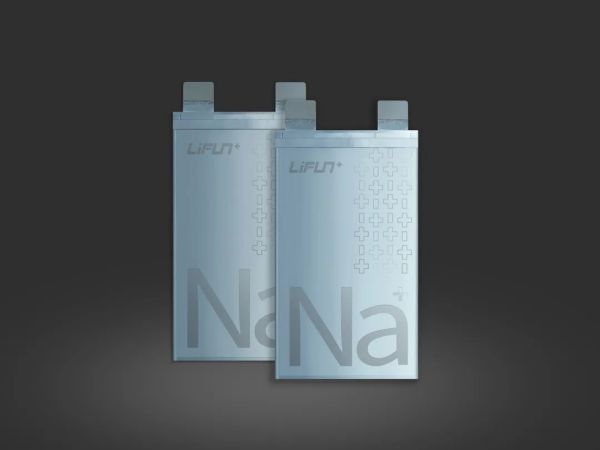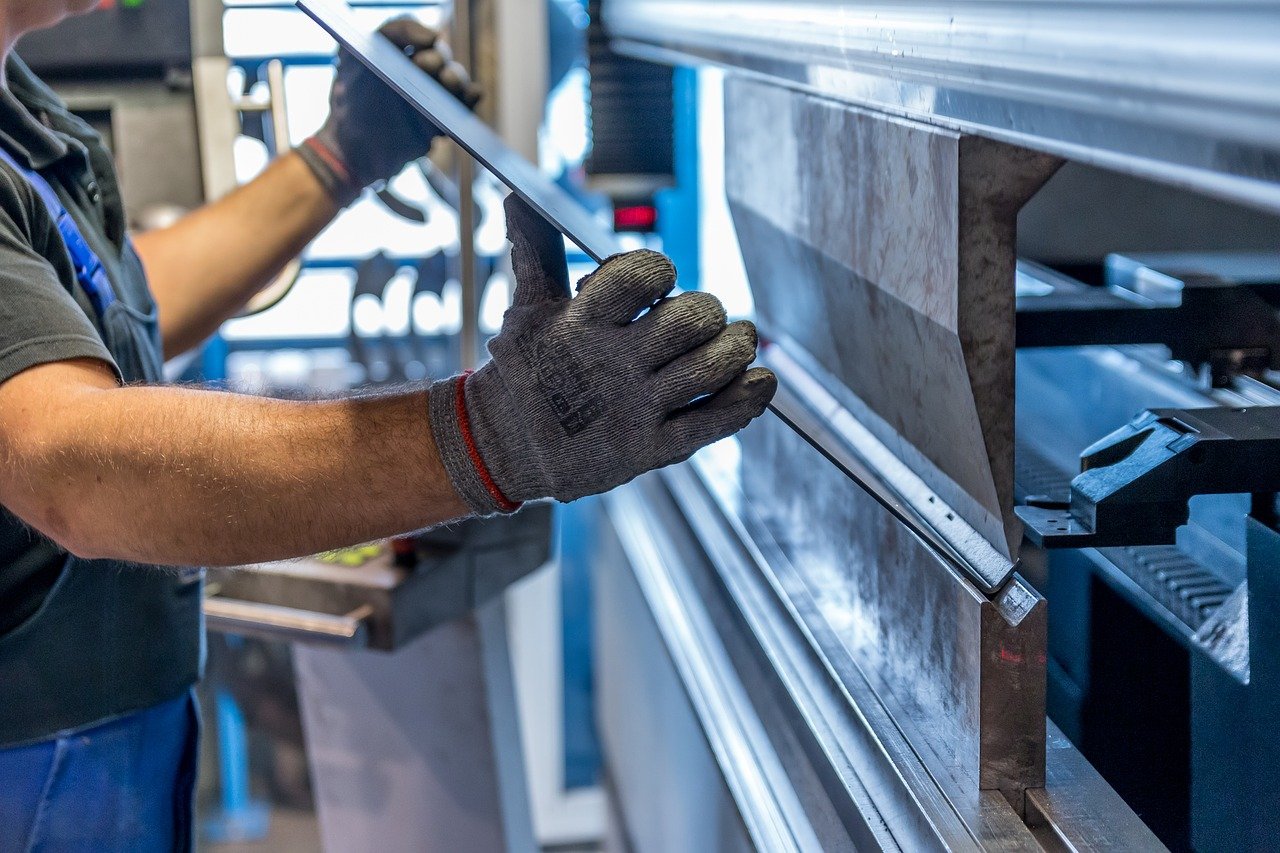LiFun Technologies has presented the first-ever consumer-grade sodium-ion battery to be made available in the market next year. This battery uses sodium ions as the charge carriers instead of lithium and is otherwise identical in form to the cells we are used to seeing in modern electronic devices.
The main advantage of sodium-ion against lithium-ion batteries is that they are safer, as they aren’t prone to thermal runaway and explosions. Moreover, because sodium is much more abundant than lithium, they cost less per KWh of capacity ($50 vs. $140 in lithium). Temperature range, cycling stability, round-trip efficiency, and discharge durability are similar to current solutions, while volumetric and gravimetric energy density is slightly lower.
LiFun’s implementation has a volumetric energy density of 240 Wh/L, which is actually on the lower end of what the first prototypes measured. In terms of charging speed, it can reach 80% in 15 minutes and up to 88% in capacity at minus 20 degrees Celsius. This last measurement, in particular, is to highlight the cell’s potential for EV use, where it will have to perform well under extreme conditions.
LiFun has also proven that its capacity could be restored to up to 50% even after reaching minus four volts due to over-discharge. Finally, the cell’s life was determined to be beyond 4000 charge/discharge cycles, which is about the same as a contemporary lithium-ion battery.
Currently, the company is receiving mass production orders from various customers, including small EV makers, electric bus designers, and household energy storage solution providers. LiFun promised that mass production would begin in 2023, placing the company among the first to offer this next-gen solution to consumers.
Other notable players in the field who are close to introducing their own sodium-ion batteries in the market are HiNa Battery Technology, TIAMAT, Natron Energy, Altris, Faradion, and CATL. The reason why traditional brand names are missing is that most of them aren’t willing to take the risk of early development and problem-solving and wait to enter the space when the tech has matured.
First-Gen of Sodium-ion Battery Announced By Chinese LiFun
By: | May 17th, 2022

Image Credit LiFun Tech
More articles from Industry Tap...






